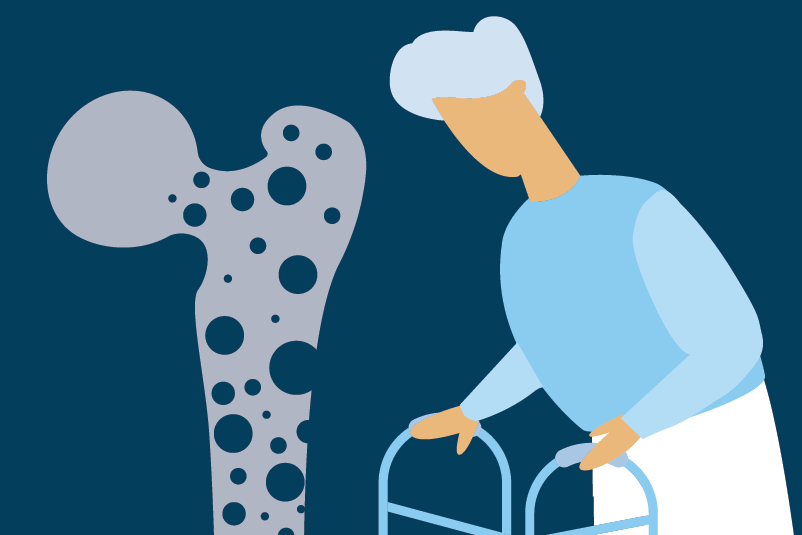#119 Can I exchange my family because they all have heart attacks?

Reading Tools for Practice Article can earn you MainPro+ Credits
Join NowAlready a CFPCLearn Member? Log in
- Parental History:
- 2,302 Framingham male and female offspring were analyzed for parental history of premature CVD (father <55 years, mother <65) and risk of future CVD.1
- After eight years of follow up, CVD increased 75% for paternal and ~60% for maternal history of premature CVD.
- 2,302 Framingham male and female offspring were analyzed for parental history of premature CVD (father <55 years, mother <65) and risk of future CVD.1
- Sibling History:
- Using the same cohort over eight years, CVD increased ~40% in those with CVD in their siblings.2
- In identical (or monozygotic) twins, the hazard ratio of death from coronary heart disease (CHD) increased by 3.8-15 times if an identical sibling died of CHD before age 75.3
- Three times higher risk for identical than non-identical twins.
- Greater risk the earlier the other twin died.3
- Extended Family History:
- >49,000 US primarily white males were analyzed for CHD in extended family member (sibling, aunt/uncle, parent, or grandparent) and the risk of future CVD.4
- After 16 years, those with a family history of premature CHD (age <50) had 44% increased risk of CVD mortality.
- >49,000 US primarily white males were analyzed for CHD in extended family member (sibling, aunt/uncle, parent, or grandparent) and the risk of future CVD.4
- Large international case-controlled study5 found statistically significant increased risk of Myocardial Infarction (MI) if:
- One parent had MI, OR=1.67.
- One parent had MI at age <50, OR=2.36.
- Both parents had MI, OR=2.90.
- Both parents had MI at age <50, OR=6.56.
- Results similar when adjusted for CVD risk factors, across socio-economic status of household or country and for maternal or paternal MI history.
- Current guidelines use different definitions of and adjustments for family history of premature CVD.6-9
- Many middle aged patients with first degree relative(s) with premature CVD will have their calculated CV risk increased to level where statin therapy should be considered.






